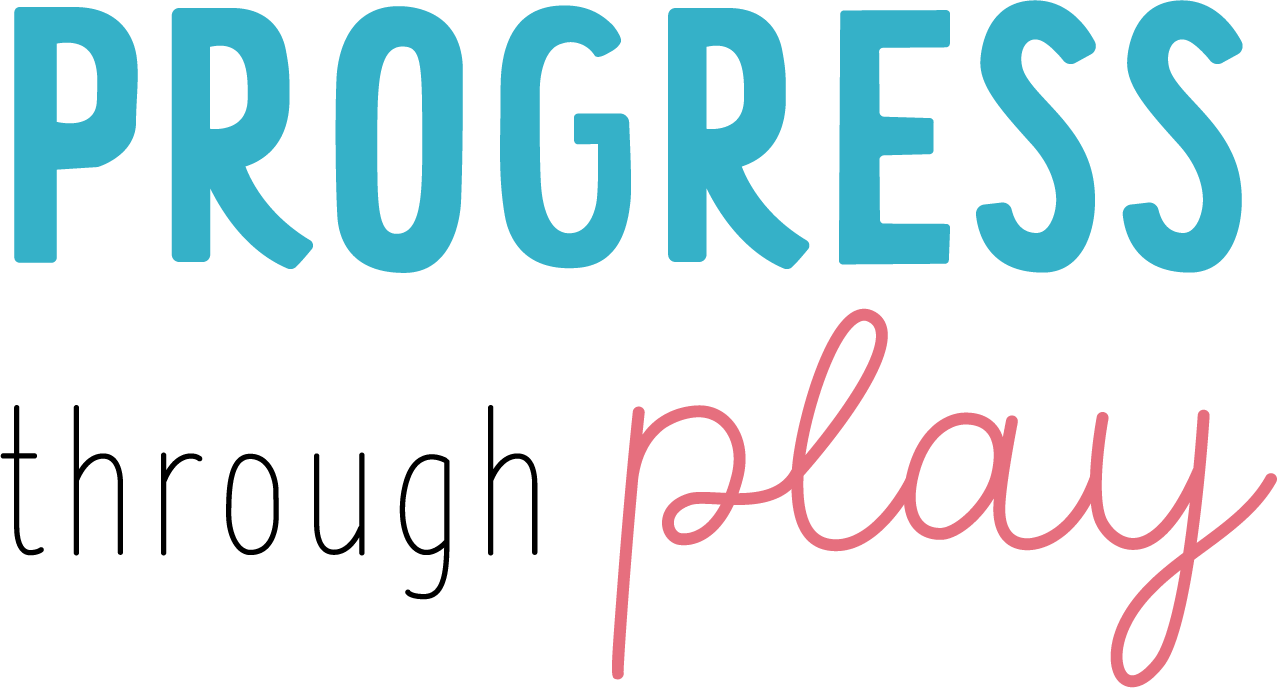The Connection Between Infant Feeding Issues & Tight Fascia
Feeding a newborn can be one of the most rewarding yet challenging experiences for new parents. When difficulties arise, such as a baby struggling to latch, suck, or feed efficiently, the situation can become stressful and frustrating for both parent and baby. While there can be many reasons for feeding issues in infants, one that I commonly address is tight fascia. The signs of tight fascia are often visible in other aspects of the infants daily life, such as not liking the car seat, consistent arching of their body and poor sleep.
Fascia is a connective tissue that wraps around and supports muscles, bones, and organs in the body. In infants, this tissue can sometimes be tight, particularly in areas around the neck, jaw, and mouth, which can affect their feeding ability. This is most commonly seen through restricted movement because tight fascia in the jaw or neck can limit the range of motion necessary for effective sucking and swallowing. Tightness around the mouth can also lead to oral motor difficulties, making it hard for the baby to form a proper latch. Does your breastfed baby take short snacky feeds or fall asleep frequently at the breast? When a baby is breastfeeding, tight fascia can cause issues with latching, leading to painful feeding sessions for the mom and reduced milk intake. Similarly, babies might struggle with bottle-feeding if tight fascia affects their ability to create a seal around the nipple.
If your baby is having feeding difficulties, look for signs like:
Difficulty latching onto the breast or bottle
Clicking sounds while feeding
Leaking milk out of the sides of the mouth during feeds
Limited opening of the mouth
Fussiness or pulling away during feeds
Poor weight gain
If any of these signs seem recognizable to you, just know you are not alone and there is help out there for you! If you suspect your baby has tight fascia contributing to feeding problems, consider seeking assistance from a pediatric physical (or occupational) therapist trained in manual therapy for fascia release. You do not need a referral for a physical therapist and they can provide an accurate diagnosis and treatment plan. A physical therapist can treat your baby with a variety of exercises such as infant massage, myofascial release or craniosacral therapy as well as encourage proper oral motor skills using therapeutic exercises and tools such as pacifiers or teething toys. A combination of the right exercises and manual therapy can help release tight fascia and improve feeding.
Loose babies are happy babies! When infants have tight fascia it can impact so many aspects of their function from movement patterns, tummy time tolerance, not liking the car seat, always wanting to stand, feeding issues like poor latch, trouble taking a bottle, reflux, colic, digestive issues, poor sleep, constant fussiness etc…! I say it all the time but babies deserve to feel comfortable and relaxed in their bodies because they learn and grow through movement and movement should feel good to them!
For more, check out my Instagram post HERE!

